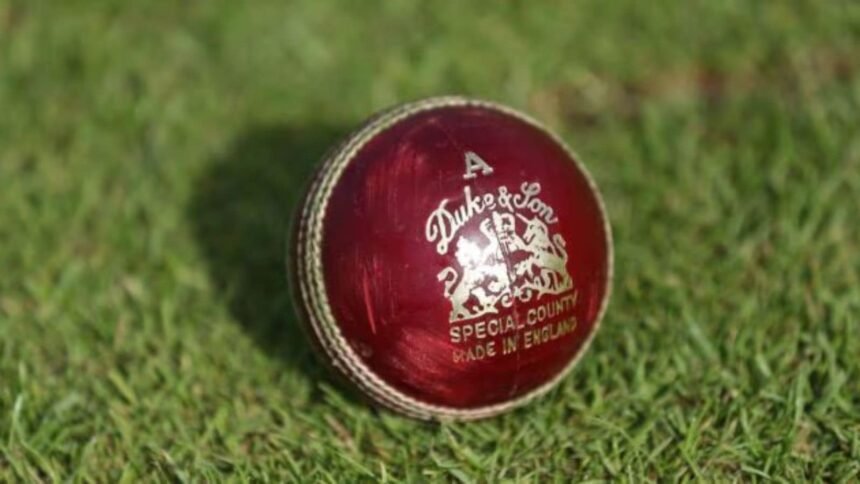The reason Dukes Ball getting softer in the Test series between India and England could be the shortage of hide from a particular breed of cows called Angus Heights, that comes under the Angus group of cattle. “In the olden days, I could specify, I want Angus Heights – can’t do that any more,” Dilip Jajodia, the owner of Dukes told The Telegraph.
The ball being changed has been such a recurrent sight that Jajodia has been facing a sustained storm of criticism. He explains his angst: “A lot of slaughterhouses have closed down. The tannery could insist that they got a certain breed of the animal. These days, you’re lucky if you get what you’re asking for, a certain thickness of height. Those are day-to-day problems which we have to cope with,” he says.
The quality of the leather is important for the ball’s quality and longevity, helping the sphere keep its shape, hardness and durability. The best leather comes from Angus Heights, or better known as the Aberdeen Angus, fed in luscious Scottish and Irish grass. But due to cross-breeding and huge export demand, procuring their hide in wholesale quantities has been difficult. So rare that according to Times London, farmers based in Angus are reviving purebred Aberdeen Angus cows by creating a herd using sperm frozen more than 50 years ago.
The Anguses are sturdy, shiny, climate resistant and durable, researchers note. They have a broad and long backbone—the finest leather for Test cricket balls comes from the hide along the backbone. Leather for lower grade balls is taken further away from the backbone.
In an interview with this newspaper, he had explained his situation. “We are grappling with raw materials which are slightly variable. No two cows are the same, so one has to take all these things into account. Human beings are involved in making the product and so, there might be some slight knock-on effect on balls. Just empty your brain, picture that these balls are getting hit all day,” he explained.
“It is a miracle they’re not changed after every two hours. We keep everything under review, but I can’t change anything dramatically. If something is wrong, we have to identify it and get it right the next time. It is not possible to make any product with natural materials like an engineered product like steel. They would have a certain thickness of steel, cut into a machine. Like you can make two cars with the exact specification. Cricket balls are not engineered products, this is a craft product,” he added.
How they treat the leather plays a significant role too. The hides are processed at the tannery Spire Leather in Chesterfield. Jajodia fears the ineptness of the staff. “Since Covid, there was a big disruption to production. Some of these boys who work in the industry have got a lot of stuff in their head. And I keep asking ‘has it all been passed on?’ It may be, if there is a problem with the leather, we have to get the old boys back to look at it, out of retirement,” he says.







